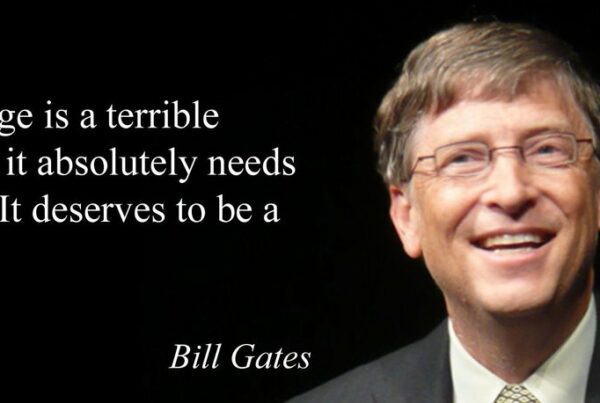In Game-Time Decision Making, CEO of Sports 1 Marketing David Meltzer, provides a playbook for improving decision-making and building a championship-level business. By creating and utilizing these playbook strategies in times of change, your team will have the opportunities needed to excel.
Meltzer details a step-by-step process for putting together an all-pro team with diverse skill sets, building a positive mindset, developing an awareness of “the playing field,” and how to put it all into practice through the creation of offensive and defensive strategies for branding, marketing, and communications. “Sports and business are both arenas where understanding yourself is just as important as understanding your opponent, where to be a winner and to create a dynasty of achievement and success, you need to make consistent decisions in an efficient, effective, and statistically successful manner,” he writes.
Meltzer’s book is rooted in preparation for making split-second decisions and confidence through consistency. In the first part of the book, Meltzer shares five foundational practices for building your mindset, to become the leader and coach you want to be.
- Putting together your roster by building yourself – The best leaders have a firm grasp of the values they believe in, which in turn, resonates through relationships. Embracing core concepts, such as gratitude, empathy, accountability, and effective communication creates the right person and team values to strengthen bonds with a dream team of family, friends, associates, and mentors.
- Offensive / Defensive mindset – Arm yourself against a negative mindset, by understanding and strengthening the three types of mindset: conscious, subconscious and unconscious. “Unconscious Competency” or “the energy that we carry,” is a totality of personal values, experiential values, giving values, and receiving values — attracting more of what we have in our life. Unconscious competence can be strengthened through mantras, such as “The Athlete’s Litany.” By building unconscious competency, you have the power to easily adapt and incorporate successful leadership and confidently approach problem-solving and decision-making.
- Coaching trees and growth – Individuals that can serve as mentors or coaches exponentially amplify a leader’s growth and knowledge base. With these resources, a “relentless learning environment” is created that pushes leaders, like yourself, towards the best possible position to succeed. Efficiency and productivity also rise as the situational knowledge comes into play.
- Don’t trip on the first-down chains behind you – This phrase directly corresponds to problematic perceptions of our past, which happens when a leader focuses too much on past failures, shortcomings, or anxieties. To combat dwelling in the past and to enjoy pursuing your potential, Meltzer proposes operating within a “learning zone.” The learning zone is a space between the comfort zone and anxiety zone that allows you to “expand and learn how to make harder and more complex decisions.”
- Being in the game – Make today a focal point and keep perspective in the now. Meltzer emphasizes that a team is unlikely to win a game if they’re worried about a future matchup or focusing too much on past mistakes. Faith is a two-way player; therefore, the “consistent, persistent enjoyment of the pursuit of your potential helps you work hard in the present not only to achieve your goals but also to be happy and fulfilled.”
Meltzer applies these five practices toward building leadership and team empowerment. With a solid foundation, leaders are better able to move forward with successfully aligned business actions. In the second half of Game-Time Decision Making, Meltzer applies communication, collaboration, and connection to branding and marketing.
Here are three practical applications of game-time strategies for integral business activities:
- Branding – Finding your brand’s frequency by aligning what rings true for your audience (e.g., beliefs, aspirations, etc.) with the value your product provides. By channeling your unique frequency – through products, services, or solutions – you can then attract the widest audience possible.
- Marketing – Differentiation is the first step in empowering you to make yourself an equal to your competition. Connect emotionally through marketing using the AAA Strategy: Alignment, Action, Adjustment. Align with your target market; then take action; and finally, adjust by gathering and analyzing the available data.
- Communication – Be succinct and get to the point as quickly as possible when connecting with people. Effective communications are driven by the right content, access, and medium. Bring more awareness and opportunities to conversations by emotionally connecting through open-ended questions.
Through these applications of conscientious communication, you can share your vision and advance your team whether on offense or defense. Transformative business decisions are the result of consistent daily practice within realms personal and team growth and realignment.








